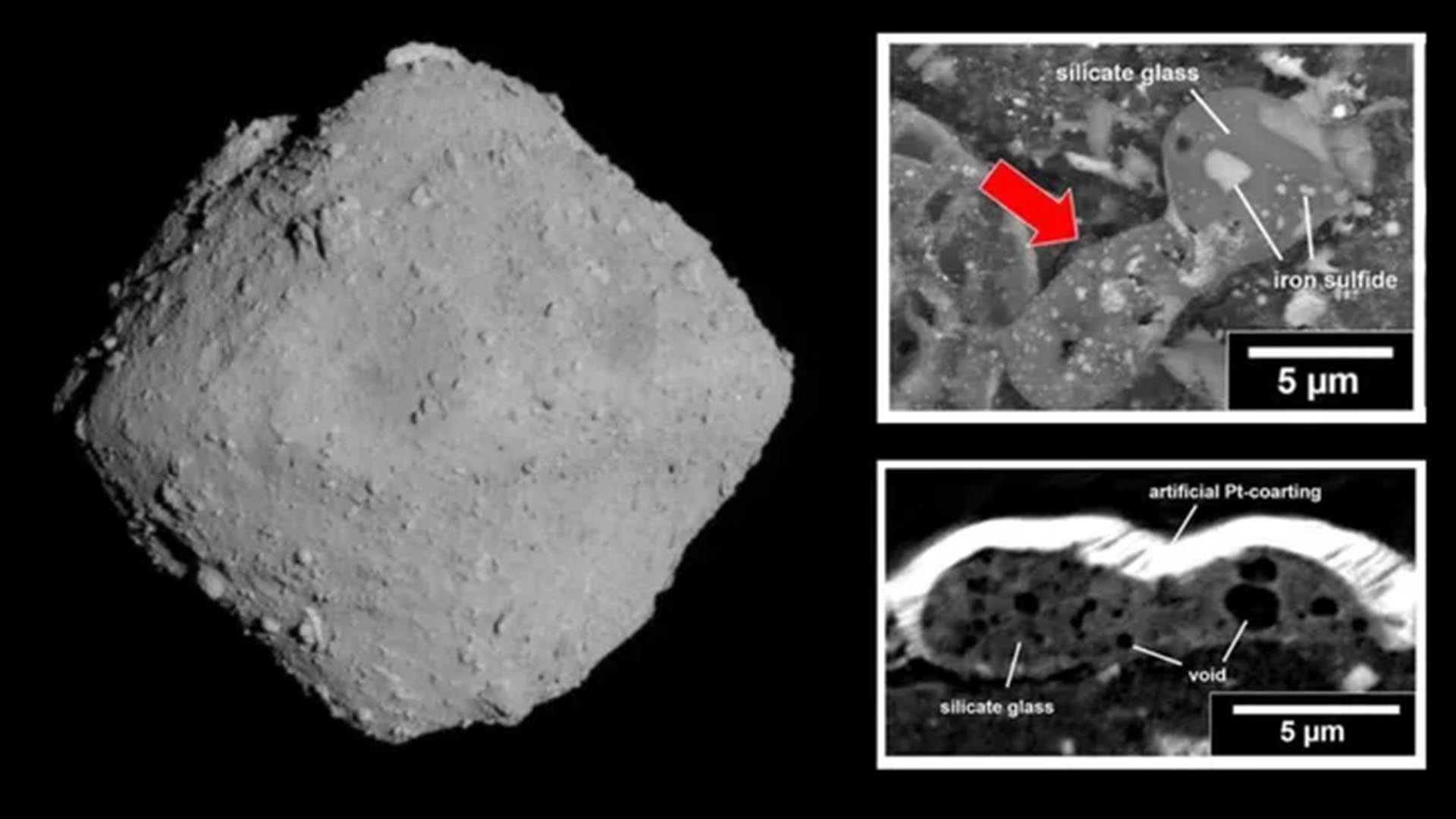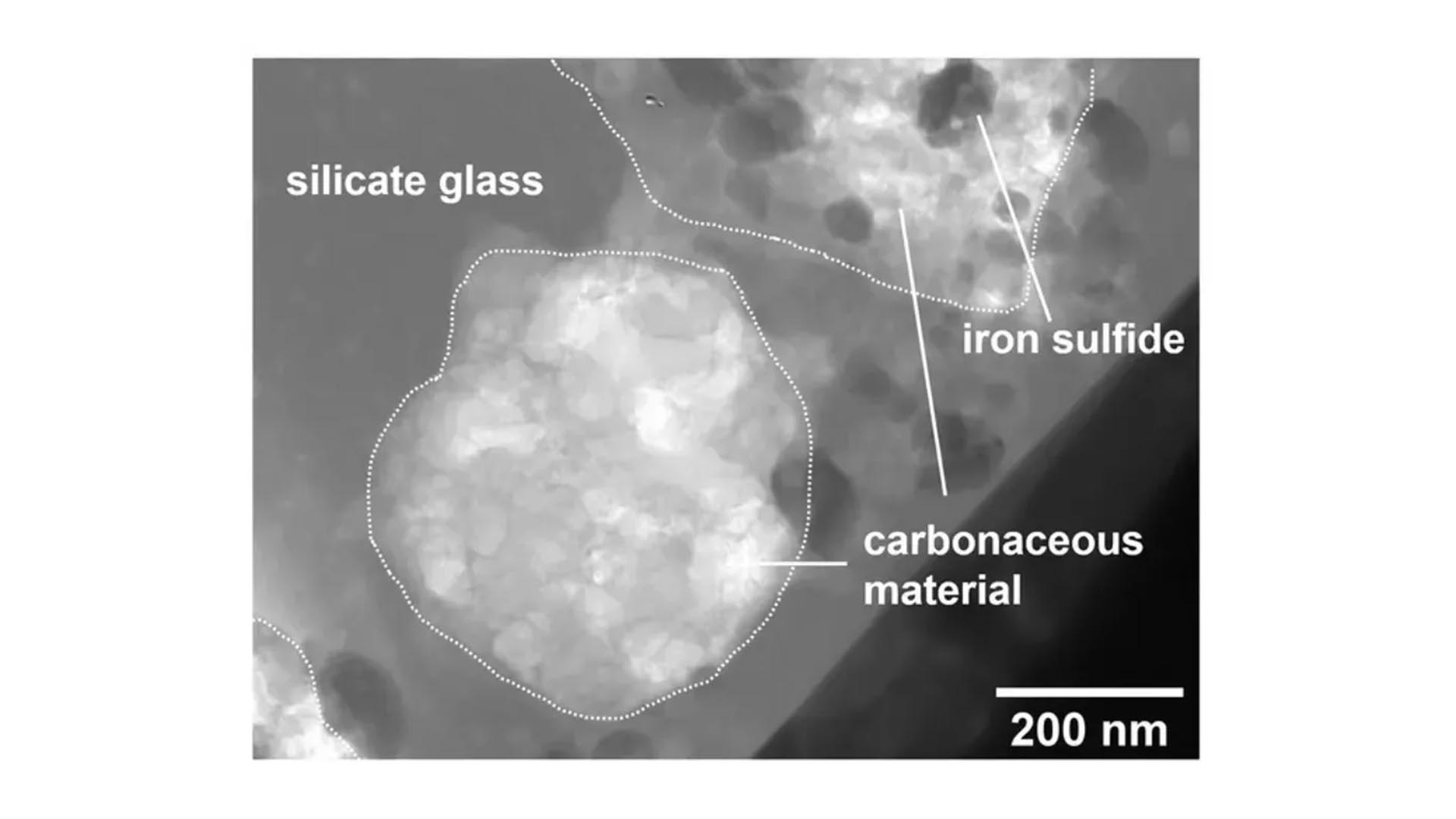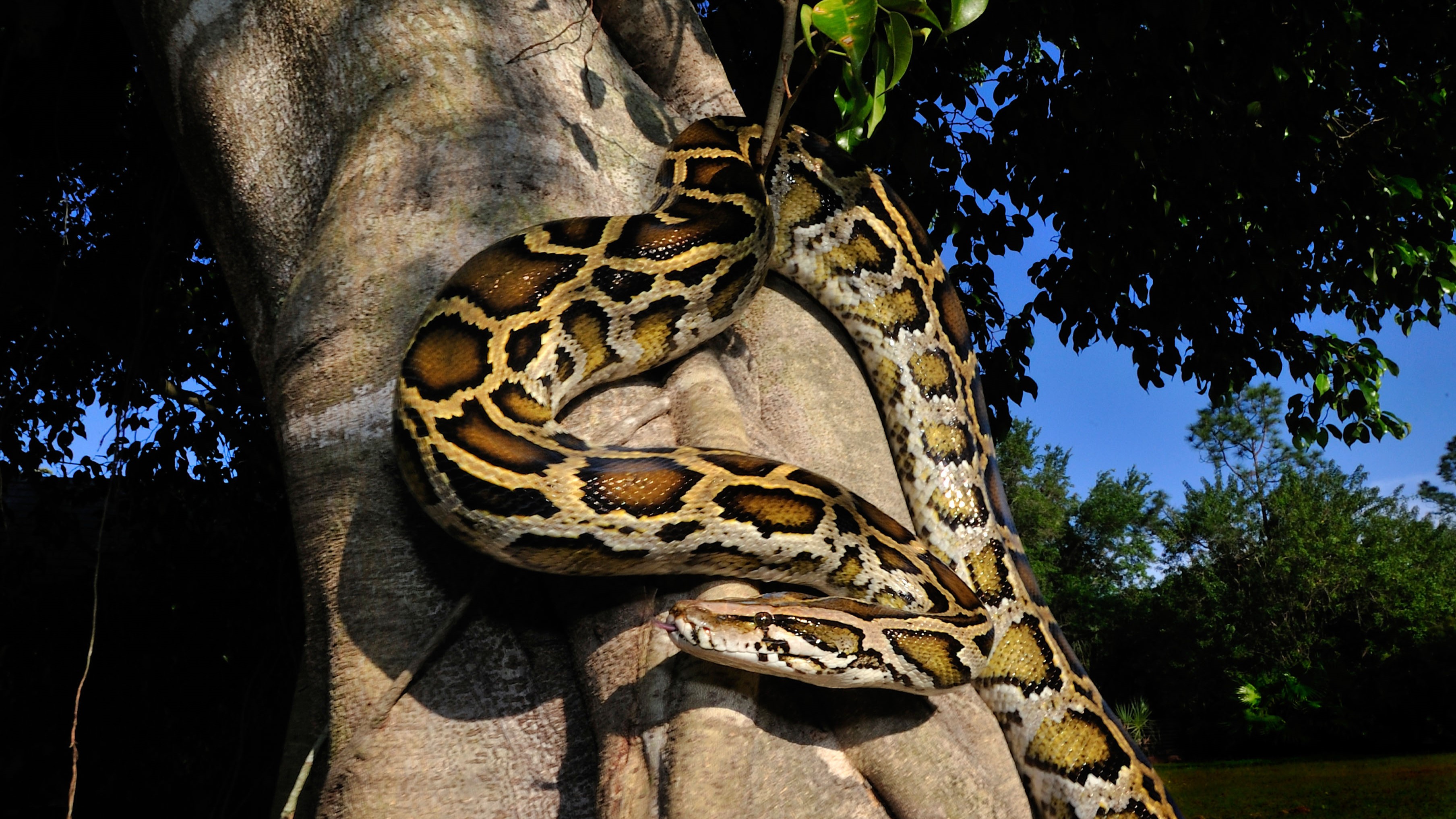'This might be the seeds of life': Organic matter found on asteroid Ryugu could explain where life on Earth came from
Organic matter found in samples of asteroid Ryugu suggests that ancient comets may be responsible for bringing the 'seeds of life' to Earth.

A detailed investigation of asteroid Ryugu samples has provided further evidence that the organic molecules which gave rise to life to our planet were brought here by ancient comets.
These space rock samples were returned to Earth by Japan's Hayabusa2 mission, which visited the spinning-top-like space rock Ryugu in 2018. Hayabusa2 spent around 18 months studying the asteroid and collecting surface material, which has proved to be a treasure trove of information about our solar system.
Ryugu, formally known as 162173 Ryugu, is a 2850-foot (870-meter) wide near-Earth asteroid that lacks a protective atmosphere. This means its surface is directly exposed to space and can gather interplanetary dust, which changes the asteroid's surface composition when struck.
The team of scientists behind the new developments in the quest to find life's origins found 5 to 20-micrometer-wide "melt splashes" created when cometary dust in particular pelted the surface of Ryugu. And within these melt splashes, the researchers found small carbonaceous materials similar to primitive organic matter.
"This organic matter might be the small seeds of life once delivered from space to Earth," team member and Tohoku University Graduate School of Science assistant professor Megumi Matsumoto said in a statement.
Related: The 8 most Earth-shattering asteroid discoveries of 2023
Comets tend to exist in wide orbits around the sun, which means they spend most of their time at the frigid outer edges of the solar system. But when they do sweep into the inner solar system, solar radiation heats their inner, icy material. That causes the material to transform straight into a gas, a process called sublimation.
Sign up for the Live Science daily newsletter now
Get the world’s most fascinating discoveries delivered straight to your inbox.
As this gaseous material explodes from the comet, it carries with it some of the object's surface material. Not only does this create the characteristic tails and auras, or "comas," of comets, but it also leaves trails of cometary dust around the sun. When Earth passes through these trails, we witness meteor shows as the dust fragments burn up in our planet's atmosphere.
This cometary material is far more likely to make it to the surface of atmosphere-less bodies like Ryugu, where it can be preserved, however. Thus, studying those dusty remnants on the Hayabusa2 samples could reveal clues about the material in the early solar system.

The melt splashes studied by the team were created when the asteroid's surface material was struck by cometary dust, with the two materials melting and mixing together during impact-caused heating and eventually cooling off.
The spongy carbonaceous materials found in the Ryugu melts differ chemically from organic matter usually found in cometary material because they lack oxygen and nitrogen. This could, however, hint at how the material was formed in the first place.
"We propose that the carbonaceous materials formed from cometary organic matter via the evaporation of volatiles, such as nitrogen and oxygen, during the impact-induced heating," Matsumoto said. "This suggests that cometary matter was transported to the near-Earth region from the outer solar system."
Sealed with the melts as further evidence of their origin are tiny voids caused when the impacts released water vapor from materials on Ryugu's surface; this water was captured by the impact heated matter.
"Our 3D CT imaging and chemical analyses showed that the melt splashes consist mainly of silicate glasses with voids and small inclusions of spherical iron sulfides," Matsumoto added. "The chemical compositions of the melt splashes suggest that Ryugu's hydrous silicates mixed with cometary dust."
Matsumoto and the team are continuing to examine Ryugu samples collected by Hayabusa2 in the hope of discovering more melts that may hold within them evidence of cometary dust strikes.
The hope is that that will deliver more insight into the transportation of primordial organic material to the space around Earth over 4 billion years ago prior to the emergence of life.
The team's research is published in the journal Science Advances.
Originally posted on Space.com.
Robert Lea is a science journalist in the U.K. who specializes in science, space, physics, astronomy, astrophysics, cosmology, quantum mechanics and technology. Rob's articles have been published in Physics World, New Scientist, Astronomy Magazine, All About Space and ZME Science. He also writes about science communication for Elsevier and the European Journal of Physics. Rob holds a bachelor of science degree in physics and astronomy from the U.K.’s Open University












